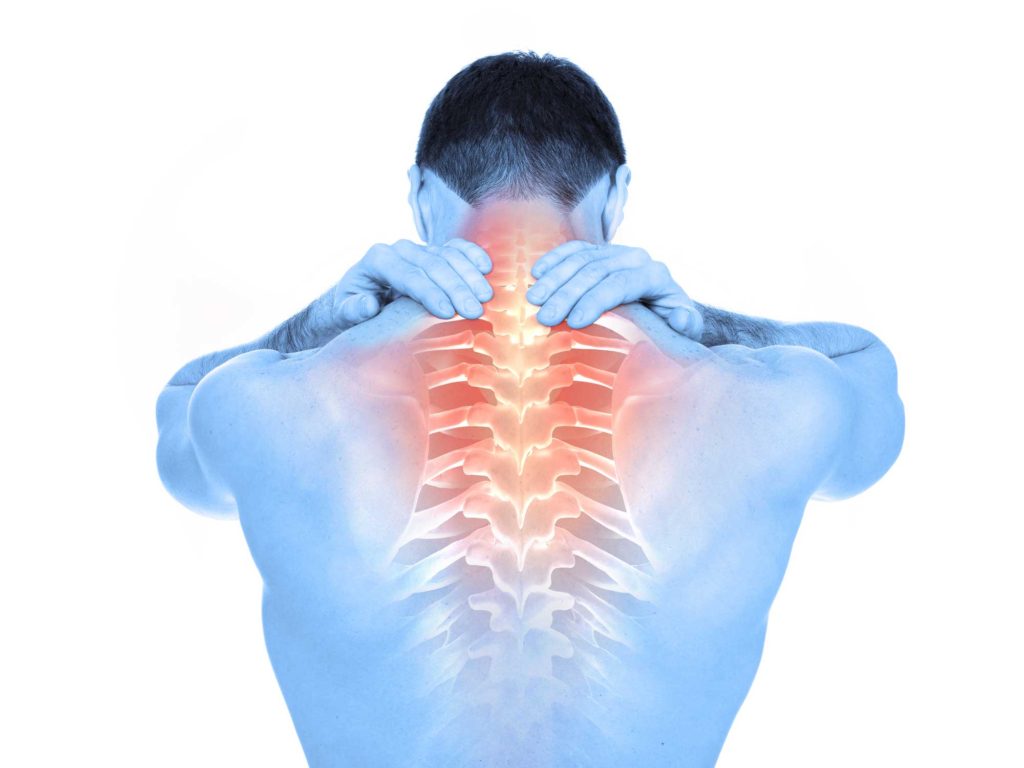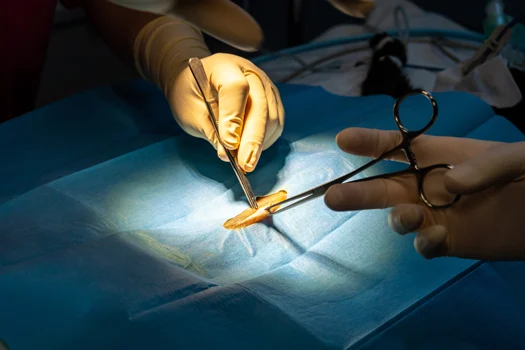Understanding Posterior Cervical Surgery
Posterior cervical spine surgery refers to operations performed through the back of your neck to relieve pressure on your spinal cord or nerves. Unlike anterior (front) approaches that require moving your throat structures, this method allows surgeons to directly access problem areas while avoiding the sensitive structures of the neck. The term "posterior" simply means the surgical entry point is at the back of your neck.

Reasons for Needing This Surgery

For Nerve Compression:
- Bone spurs (osteophytes) growing backward and pressing on nerves
- Herniated disc positioned in a way that's easier to reach from behind
- Spinal canal narrowing (stenosis) squeezing the spinal cord
For Structural Problems:
- Spinal instability from injury or degeneration
- Tumors or infections affecting the back portion of vertebrae
- Revision surgery after previous anterior cervical procedures
Surgical Options Explained
1. Laminectomy
Removes the bony roof (lamina) of your spinal canal to create more space for compressed nerves.
2. Laminoplasty
Reshapes bone by creating a hinge on one side and opening the other like a door, maintaining structural support.
3. Laminotomy
Targeted removal of a small portion of the lamina, preserving more natural anatomy.
4. Foraminotomy
Enlarges the small openings where nerve roots exit your spine, relieving pressure on pinched nerves.
5. Posterior Fusion
After decompression, metal hardware (rods/screws) may be added to stabilize your spine if needed.
Surgical Journey
Preoperative Preparation (2-4 Weeks Before):
- Detailed imaging (MRI, CT, or X-rays)
- Pre-admission testing including blood work
- May need to stop certain medications like blood thinners
- Arrange help at home for recovery period
Day of Surgery:
- Positioned face-down on a special padded table
- Vertical incision in the back of your neck
- Neck muscles gently separated to access the spine
- Procedure performed using specialized tools
- Wound closed in layers with absorbable stitches
Recovery Timeline
Hospital Stay
(1-3 Days)
- Neck may feel stiff and sore initially
- Encouraged to sit up and walk within hours
- Pain medication adjusted for comfort
- Most patients can swallow normally
First Two Weeks
- Keep incision clean and dry
- Showering allowed after 48 hours
- May experience muscle spasms
- Short, frequent walks recommended
- Restrictions on lifting and bending
Weeks 3-6 and Beyond
- Gentle range-of-motion exercises at 6 weeks
- Gradual increase in activity level
- Most return to desk work after this period
- Physical therapy may be recommended
- Complete healing may take up to a year
Potential Benefits
- Direct access to compressed nerves without moving throat structures
- Effective for treating multiple levels of compression at once
- Often preserves more natural motion than anterior fusion
- Lower risk of certain complications like swallowing problems
- Can be combined with other procedures if needed
Possible Risks
- Infection: 1-3% chance, usually treatable with antibiotics
- Bleeding: Rarely requiring transfusion
- Spinal fluid leak: Uncommon, may need additional treatment
- Nerve injury: Very rare but potentially serious
- Spinal cord injury: Rare, may or may not recover
- Failed symptom relief: Surgery may not fully relieve symptoms
Home Care Instructions
Wound Care Guidelines:
- Check incision daily for redness or drainage
- Gently clean the area as directed
- Don't pick at scabs or surgical glue
- Report any signs of infection immediately
Activity Recommendations:
- Do: Walk daily, maintain good posture, use proper neck support
- Avoid: Lifting >5kg for 6 weeks, bending/twisting neck, driving on opioids, contact sports
Warning Signs Requiring Immediate Attention
- Fever above 35.5°C that persists
- Increasing pain not relieved by medication
- New weakness, numbness, or tingling
- Severe headaches when upright
- Fluid leaking from your incision
- Difficulty breathing or swallowing
Long-Term Outlook
Most patients experience significant improvement in their symptoms, though complete recovery takes time:
- 80-90% of patients report meaningful pain relief
- Nerve-related symptoms often improve gradually
- Many return to all normal activities within 6 months
- Fusion patients may have some permanent motion limitations
